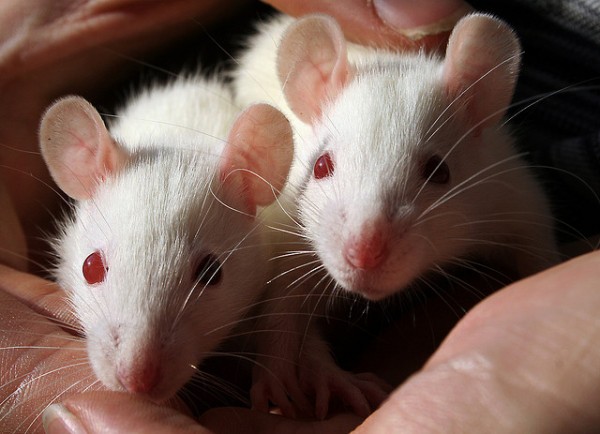Researchers Come Closer to Understanding Memory Formation

Researchers believe they have identified the part of the brain in rats that activates in a specific way when the brain "records" a memory, according to a recent study.
The study, published in the journal Nature Neuroscience, details how scientists determined that rats actually store away memories of a location so that they can recognize that location at a later time.
Using small wires to monitor the activity in several lab rats' brains, researchers let the rats run a small track.
According to the study, when each rat was first let onto the track, it would stop an average of every seven seconds to survey its surroundings. This behavior -- a process the researchers called "head scanning" -- is theorized necessary for rats to take a bearing of where they are.
Observing the brain activity of each rat as he ran the track for the first time, the researchers discovered that with each initial head scan, a new tiny portion of the hippocampus lit up in what the researchers called "triggered place cell activity."
This place cell activity is theorized to be a part of brain function that helps the rats draw up a cognitive map of their environment, much like we slowly get a general idea of our surroundings after first walking into a new supermarket or park.
What's more, researchers found that during head scans of each rat's second lap, the parts of the brain associated with each respective head-scan point's initial triggered place cell activity briefly re-activated, showing a "neural acknowledgment" of a past memory or familiarity with that part of the track.
Interestingly, when rats noticed a new or previously unnoticed detail of its surroundings following the initial lap on the track, a new cell place activity would occur that was different than the initial cell place activities -- differentiating it from a neural acknowledgement and potentially indicating the formation of a new memory.
While these observations do little to explain exactly how memory works, even knowing the location of neural activity associated with special memory can help future researchers look into the specifics of the mysterious process.
The study was published in Nature Neuroscience on March 30.
Apr 22, 2014 05:00 PM EDT





